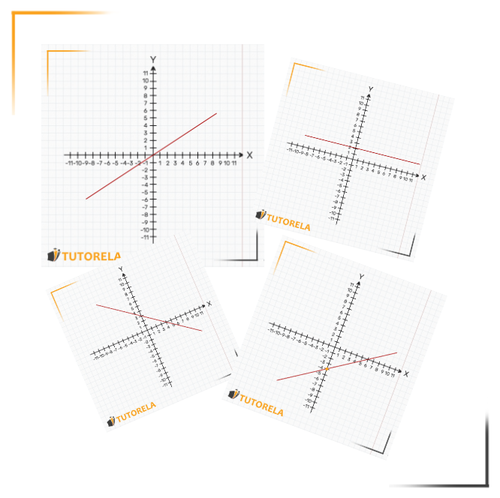The graphical representation of a function that represents direct proportionality is actually the ability to express an algebraic expression through a graph.
As it is a direct proportionality, the graph will be of a straight line.
A function that represents direct proportionality is a linear function of the family .
The graphical representation of this function is a straight line that is ascending, descending, or parallel to the axis but never parallel to the axis.
Note: we observe the line from left to right.
We can now recognize in the equation of the line what the graphical representation of each function looks like:
(only when the equation is explicit is isolated on one side and its coefficient is )
